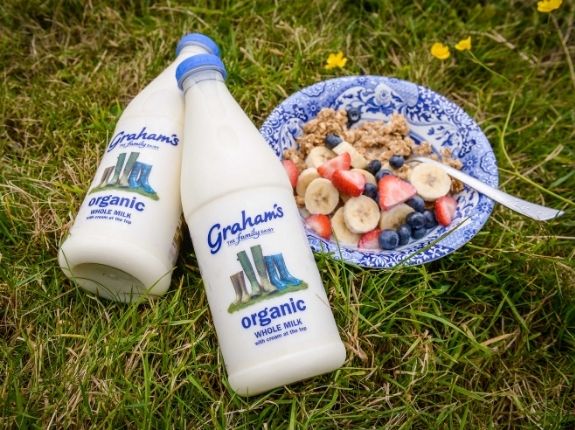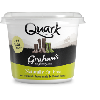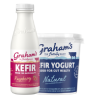

Sometimes we get so excited about developing and producing the very best dairy products for you and your family to enjoy that we forget to stop and explain what they all are! A few of you have been in touch to ask us what the difference is between homogenised milk and non-homogenised milk – so we thought we’d take the opportunity to put together this blog post to explain.
Is homogenisation the same as pasteurisation?
No. Pasteurisation is the process that both homogenised and non-homogenised milk goes through initially to make sure that it’s safe to drink. It was invented in the 19th century by the French scientist Louis Pasteur and involves heating liquids like milk enough to kill most of the bacteria that can lead to products going sour.
What is homogenisation?
Well, you know when you get the cream at the top of the milk…
We all remember that from when we were wee, don’t we? The excitement of your mum maybe draining it off for you to taste or to add to a cup of tea or a hot chocolate. Well, when milk has the cream floating at the top, that means it’s non-homogenised milk.
It can be fun to see the cream floating at the top of the milk but sometimes you might prefer if that creamy goodness is mixed all the way through the milk. Of course, you could just give the bottle a bit of a shake, but that’s not the best way to ensure it’s mixed throughout… and you also don’t want to end up making butter! (Well, not when you can save yourself the hassle by buying our delicious range of butters…)
So homogenised milk is when the cream is mixed throughout the milk?
That’s right. When you buy homogenised milk, the cream is mixed into the rest of the milk in a uniform way, giving all of the milk an extra creamy taste. That makes it perfect for when you want a creamier tasting milk. And perfect for stopping any arguments between rival siblings over who gets the cream!
How does homogenisation work? What stops the cream rising?
We have another French inventor to thank for the process of homogenisation. Auguste Galin patented a machine to carry out the task in 1899.
Through the process of homogenisation, the milk fat globules that make up the cream are broken down into a smaller and more uniform size, preventing them from rising to the top again. Instead, they remain within the body of the milk.
There are two stages involved in homogenising milk. In the first, milk is pushed through tapered tubes. The flow of the milk through the tubes stays the same but the diameter of the tube narrows. This means that the pressure on the milk increases, until it reaches a point at which the fat globules in the milk break as a result.
What difference does this make? Well, the fat globules are now significantly smaller. However, the process is still not complete. As these globules start to come back together, they do so with with small pieces of whey and casein (the two proteins found in milk) in the mix.
We don’t want this to happen because it can affect the taste and thickness of the milk, so in the second stage of homogenisation these clusters are broken up.
What type of milk do Graham’s The Family Dairy produce?
We produce a large range of milks, including two non-homogenised products. One is our new Organic Whole Milk available exclusively from Waitrose stores and the other is our creamy and delicious Gold Top milk, produced by our Jersey herd. The rest of our products are homogenised, so whether you prefer your milk smooth and consistent or you like a creamy treat on top of your milk, you can always find the right Graham’s product for you.














